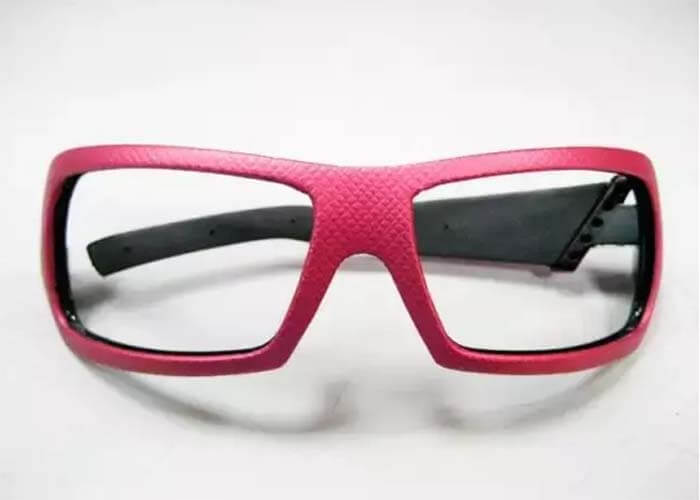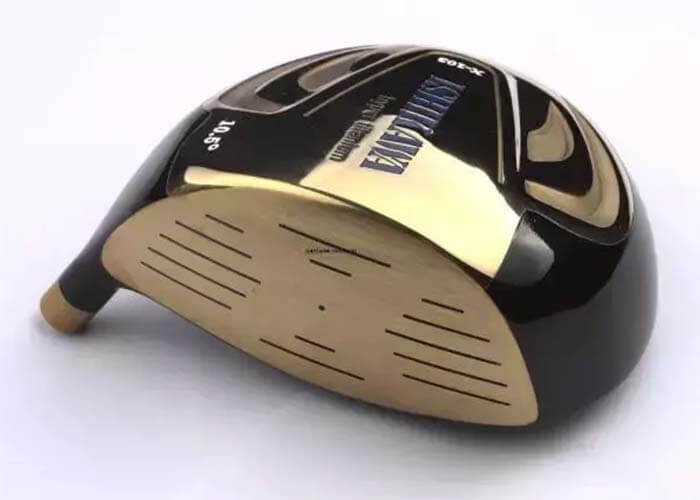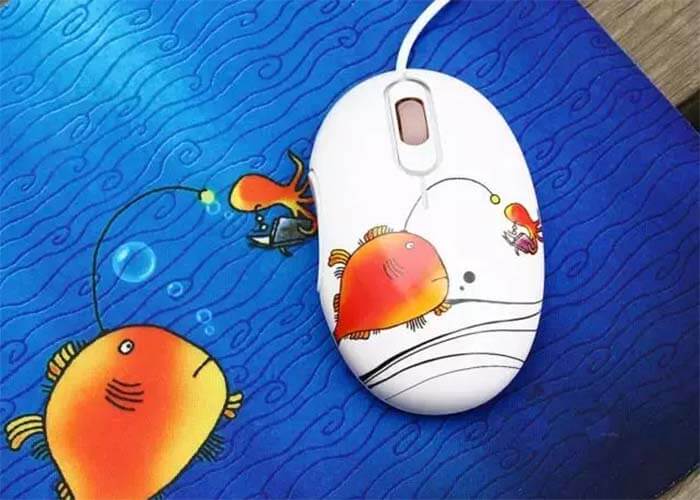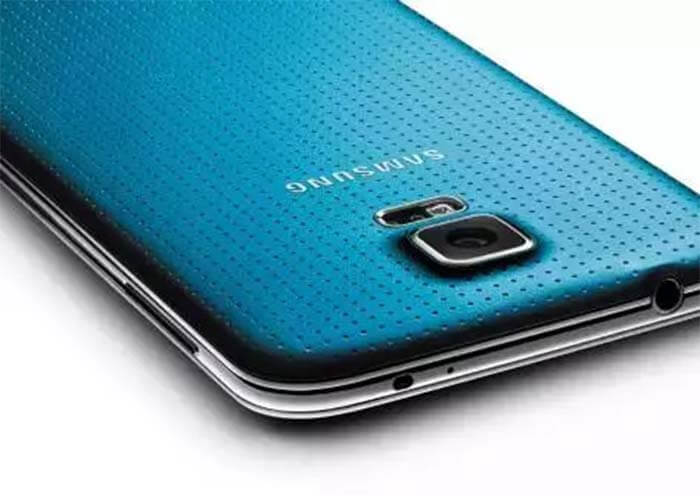Nowadays, plastic products are ubiquitous, but the functional requirements of people in today’s life for plastic products are not as easy to use as before.
Now the appearance must not only be beautiful but also economical, which means that the focus of everyone’s attention nowadays is gradually focused. In terms of cost performance, the surface treatment of plastic products plays a vital role in product marketing. So what are the surface treatment processes of plastic products?
The 14 surface treatment processes for plastic products
The surface treatment process of plastic products is mainly through these, first, cabinet paint; second, electroplating; third, rubber paint; fourth, conductive paint; fifth, pearl powder; sixth, luminous paint; Seventh, laser engraving; eighth, chameleon, ninth In-Mold Decoration-IMD, tenth Out Mold Decoration, eleventh Painting, twelfth NCVM (Non-Conductive vacuum Metalize), thirteenth Kind of silkscreen, fourteenth kind of biting flower.
The above are the main methods of surface treatment of plastic products, let’s briefly introduce the next.
The first method uses cabinet paint
The main effect of the cabinet paint is to make plastic products look shiny like metal. Many plastic products are very hard, and their hardness is even comparable to that of metal. But after applying this type of paint, ordinary people will look at metal products. No difference.
The second method uses electroplating
Usually, it is a kind of pigment for electroplating silver. It is non-toxic but the effect of electroplating is very good. The surface of the product looks shining. It is very suitable for the surface treatment of plastic products such as PC plastic materials and ABS plastic materials.
Electroplating allows the plastic to obtain a metallic surface with a higher yield and lower cost. Similar to PVD, PVD is a physical principle, and electroplating is electroless plating, which is mainly divided into vacuum electroplating and water electroplating.
Technical features:
Advantage:
Weight reduction
Overall cost savings;
Fewer processing steps;
Simulate metal parts.
Disadvantages:
Including the metal insert cannot be changed during the molding process;
It is much more difficult to make parts larger than 200 square inches by plastic mold than die casting;
There is a fire hazard when electroplated plastics are used in certain types of household appliances.
The third method is to use rubber paint
After the lacquer is attached to the surface of the plastic product, the product will feel very elastic and soft. At the same time, the product can have anti-pollution and anti-solvent functions.
The fourth method uses conductive paint
In this way, plastic products can be used as metal in many projects. After the conductive paint is processed, the surface of the plastic product has functions such as conductive and magnetic permeability. At the same time, the resistance value can be specially made through special requirements. Now it has been obtained. It has been widely used, and the most representative ones are the surface treatment of PS plastic raw materials and abs plastic raw materials products!
The fifth method uses pearl powder
The pearlescent powder is mainly used on the surface of cosmetic products. It is believed that girls should feel deeper in this aspect. This kind of pigment mainly increases the aesthetics and cost-effectiveness of plastic products!
The sixth method uses luminous paint
Everyone can imagine that this method refers to a kind of pigment that makes plastic products visible in the dark. This method often makes the surface of plastic products very attractive, especially in the dark at night!
The seventh method uses laser engraving
Laser engraving is also called laser engraving or laser marking, which refers to a marking method that uses a high-energy-density laser to locally irradiate the workpiece to vaporize or change the color of the surface material, thereby leaving a permanent mark.
Many people have come into contact with the surface treatment process of laser engravings, such as granite engraving and steel plate engraving. This method is also commonly used in the surface treatment process of plastic products.
Technical features:
Wide range, safe and reliable
Accurate, meticulous, safe, and fast
Low cost, saving, and environmental protection
The eighth method uses chameleon
The word chameleon comes from its ability to make the surface of plastic products look colorful, very dazzling, and eye-catching, and can greatly improve the cost-effectiveness of the product. This plastic product surface treatment method is deeply loved by consumers!
The ninth method In-Mold Decoration (IMD)
In-Mold Decoration-IMD (In-Mold Decoration-IMD): Put the printed film into a metal mold, and inject the resin for forming into the metal mold to join the film, so that the printed film and the film A molding method in which the resin is integrated and cured into a finished product.
At present, IML-2D and IMR-3D are collectively referred to as IMD in the industry, that is, the film that remains on the product is IML, and the film that is removed is IMR.
Technical features:
Exquisite decorative graphics and logos are hidden, and will not disappear due to friction or chemical corrosion;
The graphic, logo, and color design can be changed at any time without changing the mold;
For products with three-dimensional shapes, the printing accuracy is accurate, with an error of ±0.05mm;
Can provide graphics, logo backlight transmittance, and high light transmittance window effect;
The function buttons have uniform convex bubbles, good hand feeling, and a life span of more than 1 million times;
Three-dimensional changes can increase the designer’s degree of freedom in product design;
The composite molding process achieves a seamless effect.
The tenth method Out Mold Decoration
Out Mold Decoration is abbreviated as OMD, which is the integrated display of vision, touch, and function. The decoration technology extended by IMD is a 3D surface decoration technology that combines the characteristics of printing, texture structure, and metallization.

OMD is divided into OMF and OMR.
OMF (Forming Film): In OMD, there is a coating film, and a back-end punching process is required.
OMR (Release Film): In OMD, the film can be torn to avoid the punching process.
The eleventh method Painting
Spraying:
A spraying method in which the paint is atomized by spraying tools such as a spray gun and sprayed on the workpiece to be coated.
Process flow: injection molding → primer → drying → topcoat → drying
Technical features:
Advantage:
Rich colors
Processing in a liquid environment can achieve surface treatment of complex structures;
Mature technology and mass production;
It has unique transparency and high gloss.
Disadvantages:
The cost is too high, and low-cost positioning products are not suitable for this process;
The process is relatively complicated and the yield rate is low.
Products are difficult to recycle.
The twelfth method NCVM (Non-Conductive vacuum Metalize)
NCVM is also called discontinuous coating technology or non-conductive electroplating technology. It uses metal and insulating compounds to coat thin films and uses the characteristics of each discontinuity to obtain a final appearance that has a metallic texture and does not affect the effect of wireless communication transmission.

Technical features:
The manufactured product is non-conductive and can pass the high-voltage test of tens of thousands of volts of the high-voltage meter, and it is not conducive or broken.
The surface of the manufactured product has a metallic texture and can realize translucency control.
The thirteenth method silkscreen
Plastic parts printing is a process in which the required patterns are printed on the surface of plastic parts by means of pad printing, screen printing, and transfer printing.

Pad printing is an indirect gravure head printing technology. The designed pattern is first etched on the printing plate, the etching plate is coated with ink, and then most of the ink is transferred to the printed object through the silicone head.
Screen printing is one of the main printing methods in stencil printing.
The printing plate is in the form of a net, and the ink on the printing plate is leaked from the through-hole part of the plate to the substrate under the squeeze of the squeegee during printing. Usually, the wire mesh is made of nylon, polyester, silk, or metal mesh.
Transfer, water transfer, thermal transfer
Water transfer printing is a kind of printing in which the transfer paper/plastic film with color patterns is hydrolyzed by water pressure.
Thermal transfer: It is a technique in which patterns or patterns are printed on heat-resistant adhesive paper, and the patterns and patterns of the ink layer are printed on the finished material by heating and pressing.
Fourteenth method to bite flowers
Biting is a process in which chemicals such as concentrated sulfuric acid are used to corrode the inside of the plastic molding mold to form lines in the form of snakes, etched, and plowed fields. After the plastic is molded through the mold, the surface has corresponding lines.

Process flow:
Mold receiving → sandblasting → chemical cleaning (pickling) → appliqués → upper bitumen powder → heating → changing → dry paint → chemical corrosion → chemical cleaning → sandblasting → quality inspection
Technical features:
Improve the visual effect and feel of the product
Non-slip
Increase the surface area to facilitate heat dissipation
Facilitate demoulding and easy forming
The above fourteen methods are often used in the plastic surface treatment process, and they have also achieved very good results. Among them, the use of casing paint, conductive paint, etc. also meets the American standards, European standards, etc.,
They enhance the plastic surface Function, indirectly improve the cost performance of the product, so it is warmly welcomed in the market, of course, there are methods such as UV curing varnish.
You may also be interested in the below articles.
Summary Of 50 Injection Mold Structure Operation Dynamic Diagrams
Auto Parts Stamping Die Design Concept
18 FAQ Of Injection Molding Machine Mold Clamping
